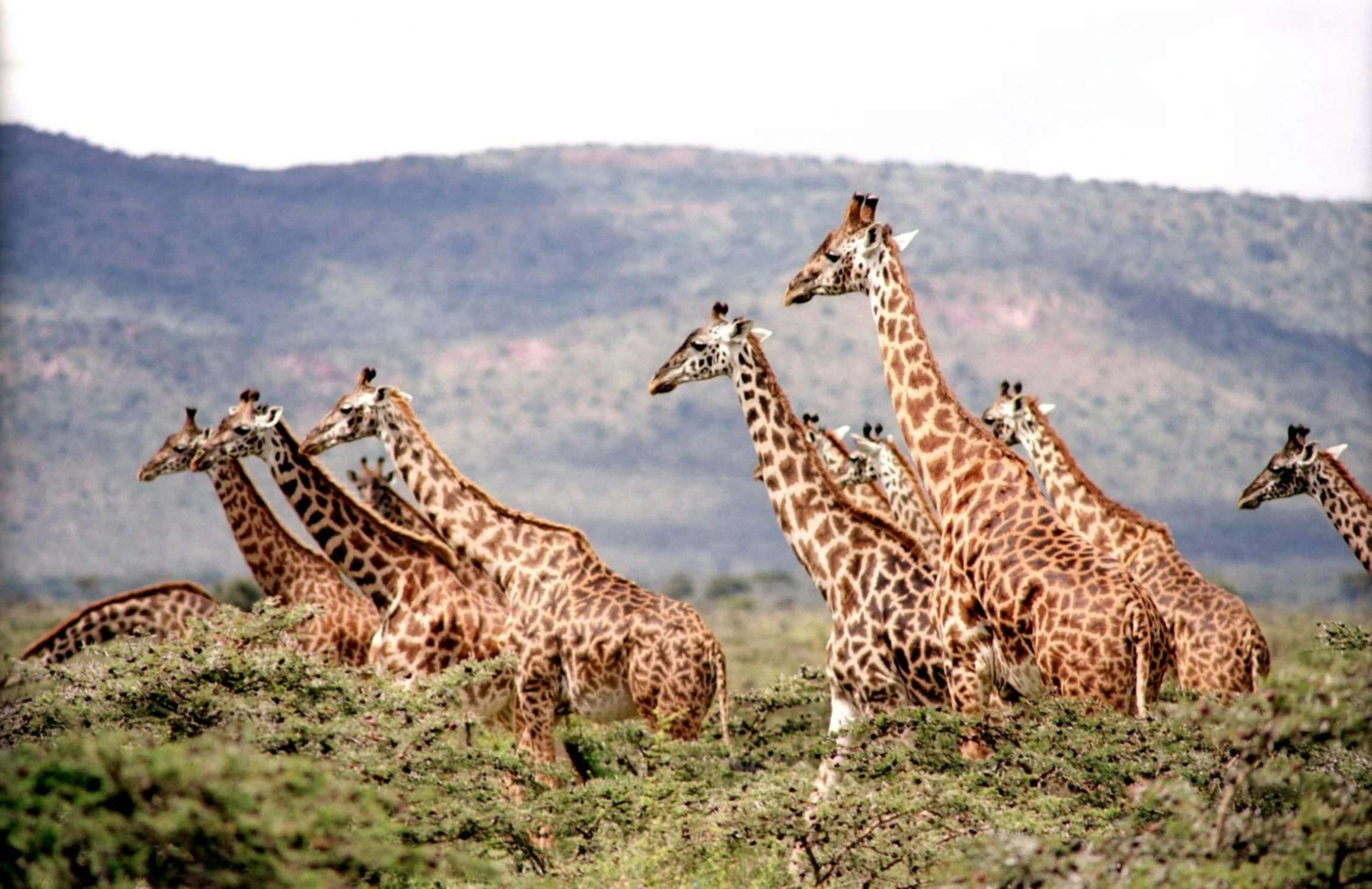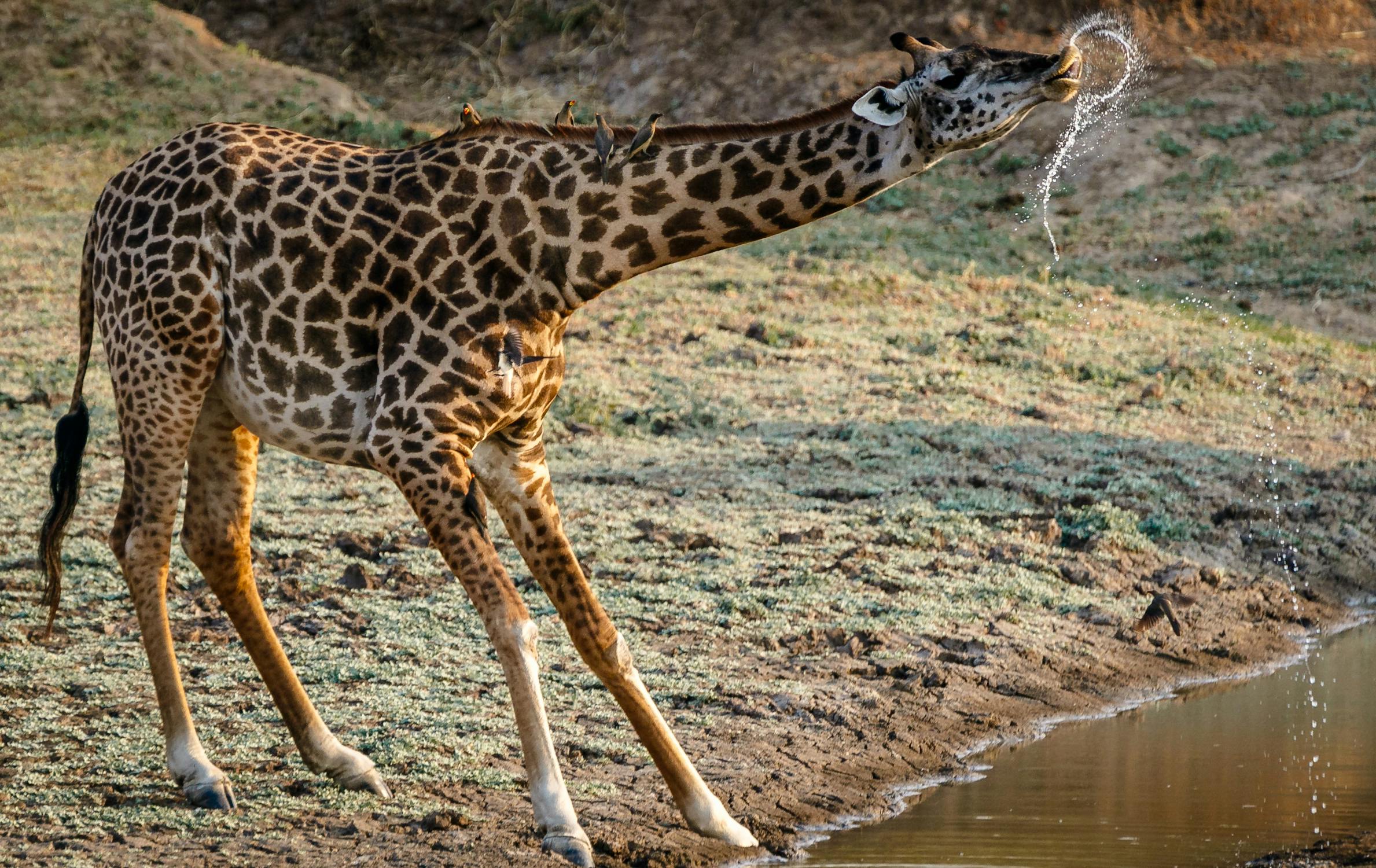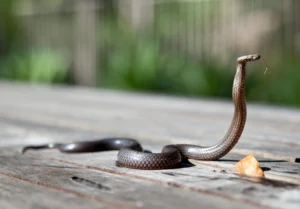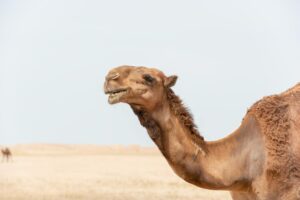New scientists discover stages of giraffes evolution

The giraffe in its distinctive form, its long neck, and its clotted skin are a worthy example of development and research. For thousands of years, this animal species has managed to adapt to the surrounding environment under harsh environmental conditions. Animal scientists are still arguing with each other in an effort to understand the history of giraffe development.
The giraffe mainly lives in the vast savannah areas of the African continent; currently, there are no more than 70,000 in the world, in sharp decline from more than 150,000 giraffes in the 1980s. It is perhaps this decline that makes it important for the world’s natural and animal scientists to recognize the differences between the various giraffes, in efforts to preserve this species and establish standards and controls that prevent its future extinction.
Researcher Laura Bertola, an animal science specialist at the Swedish University of Copenhagen, says that scientists are still struggling to find a link between the various giraffe groups living in Africa. The IUCN classifies giraffe as a single species, but some studies suggest that there are two, three, four, or even six giraffe types.
In an article by The Conversation on Scientific Research, Betola added that the argument in the form of giraffe species classification might seem to be a purely scientific matter, but it is in fact classification that usually leads species conservation efforts, in the sense that treating giraffe as a single species may disrupt efforts to identify the unique genetic characteristics of each species. In order to preserve biodiversity, the similarities, distributions, and differences within the same species must be accurately identified.
A recent study succeeded in mapping the giraffe genome in order to improve scientists’ understanding of the genetic characteristics of the animal. Scientists were able to analyse the full DNA of 90 giraffes living in 29 locations across Africa, thus rebuilding a scientific perception of the history of giraffe development.
The study highlighted the wide differences between the various giraffe factions, so that they can be divided as follows: northern giraffes, living in Central and West Africa; retinal giraffes, living in the Horn of Africa, Maasai giraffes, living in East Africa, and, finally, southern giraffes, living in the south of the brown continent.

Scientists have so far failed to find the origin of the giraffe division into these four sub-clans. Some referred to geographical determining factors such as river boundaries or watercourses, and others pointed out that there were areas of separation between the sites where these factions were dispersed. The fact that three of the four main giraffe species already coexist in close proximity in Kenyan forests, however, has deterred some scientists.
Despite this spatial convergence, opportunities for mixing between the four factions are often minimal in wildlife. In contrast, scientists have found that the mating of the four giraffes occurs in giraffes living in captivity and in zoos, indicating that it is an unknown element that prevents different giraffes from mixing or mixing in the wild.
Pitula emphasized that scientists were concerned not only with monitoring animal diversity patterns in the contemporary environment, but also with understanding the process that shaped these patterns that are being monitored today. Full DNA analysis allows for an in-depth look at the history of giraffe development in general.
These data revealed a complex story, as naturalists usually view species as being trees growing and branching, similar to that of the famous naturalist Charles Darwin. In the context of this concept, each major branch or platoon can historically be divided into two subgroups. After the break-up, members of the two sub-clans may return to mating or so-called colloquialization, and it may therefore be more appropriate to use the term “net rather than tree of evolution” since genetic connections between species break up and then reconnect again and again.
This is perhaps what happened in the case of giraffes, in the sense that a common genetic association brings together different giraffe factions, but that does not prevent some genetic differences between the different species of the animal itself, which cannot be accurately described as if it were a tree of evolution.
Natural scientists confirm that giraffes are currently exposed to the so-called silent extinction, as it is estimated that their numbers have declined by almost 40% since the 1980s. Efforts to preserve giraffes must face this decline by protecting the living areas of giraffes and ensuring communication between their various factions. Genetics is important for protecting species.

They are used to understand the diversity of giraffes and to direct species conservation efforts towards the species most at risk of extinction in order to preserve the Earth’s biodiversity as much as possible, so that the world is not surprised by the extinction of one branch of the giraffe family tree.




